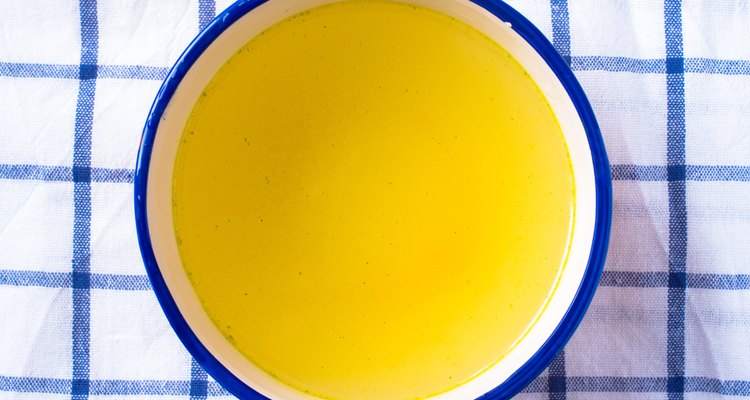
Photosiber/iStock/Getty Images
If you do not consider a pork bone a valuable food source, perhaps you should reconsider. When you cook a pork breast bone after you have eaten the brisket attached to it, you can create a rich, hearty and flavorful broth that can become the base for a nutritious and tasty soup or stew. Add a few vegetables for vitamins and minerals as well as herbs, spices and seasonings, cover with water and simmer at a low temperature for several hours.
Place your pork breast bone into the stock pot.
Use a sharp chopping knife and a cutting board to chop your vegetables into small pieces. Consider carrots for vitamin A, celery for potassium and potatoes for vitamin C. Add the vegetables to the stock pot.
Sprinkle the pork breast bone and vegetables with salt, pepper and your favorite herbs and spices. Rosemary and thyme offer a savory flavor while garlic and red pepper flakes add a bit of spice.
Cover the pork and vegetables with water.
Cover the stock pot tightly with a lid.
Place the stock pot over medium-high heat and bring to a rolling boil.
Allow the broth to boil for 5 to 10 minutes.
Lower the heat to medium-low and simmer the pork breast bone for 2 to 3 hours.
Cool the broth slightly and then remove the pork bones and vegetables. Discard.
Use the broth right away to make soup or stew, or store in freezer safe containers for a future meal.
Related Articles
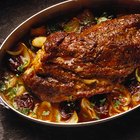
How to Use a Roaster for Pork

How to Tell If a Pork Roast is Done

How to Cook Pork Loin
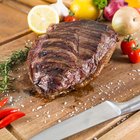
How to Cook 30 Pounds of Pork in a ...
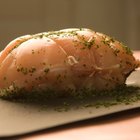
How to Braise Pork

How to Cook Giblets in the Microwave

How to Cook a Large Amount of Corned ...

How to Warm Up Pulled BBQ Pork

How to Cook Smoked Pork Knuckles
How to Cook Brisket Slowly With a ...

How to Steam Pork Ribs

How to Roast a Pork Blade Cut

How to Cook With Pork Jowl
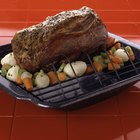
How to Marinate Beef Roast to Make ...

How to Cook Boneless Country Spare Ribs
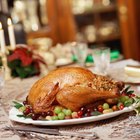
Seasonings for a Turkey Breast

How to Store Leftover Roast Pork

How to Cook the Neck of a Deer
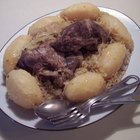
How to Cook a Boneless Sirloin Pork ...

How to Cook Prime Rib Bones in a Slow ...
References
- Essentials of Professional Cooking; Wayne Gisslen
- How to Cook Everything: 2,000 Simple Recipes for Great Food; Mark Bittman and Alan Witschonke
Writer Bio
Sara Ipatenco has taught writing, health and nutrition. She started writing in 2007 and has been published in Teaching Tolerance magazine. Ipatenco holds a bachelor's degree and a master's degree in education, both from the University of Denver.
Photo Credits
Photosiber/iStock/Getty Images